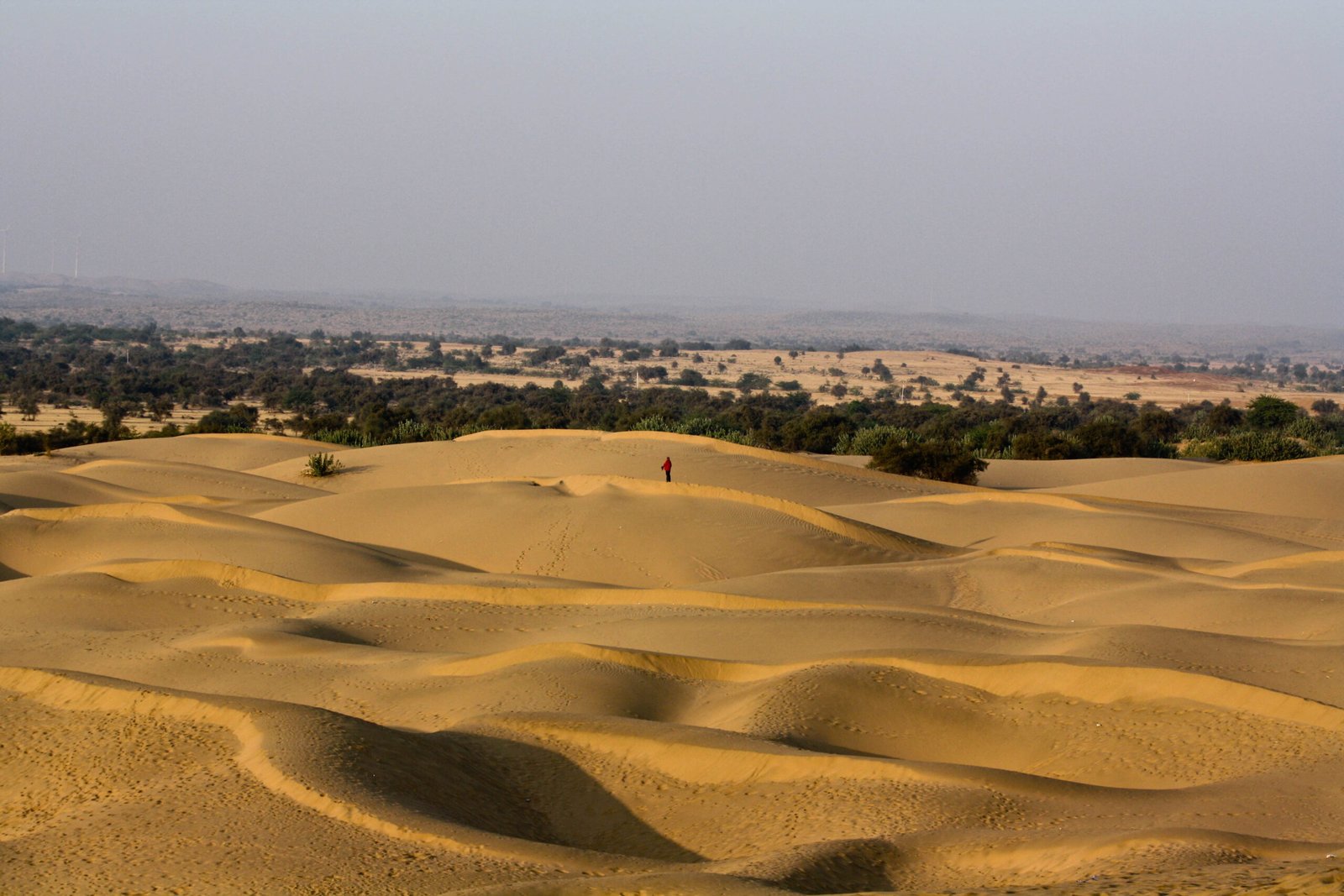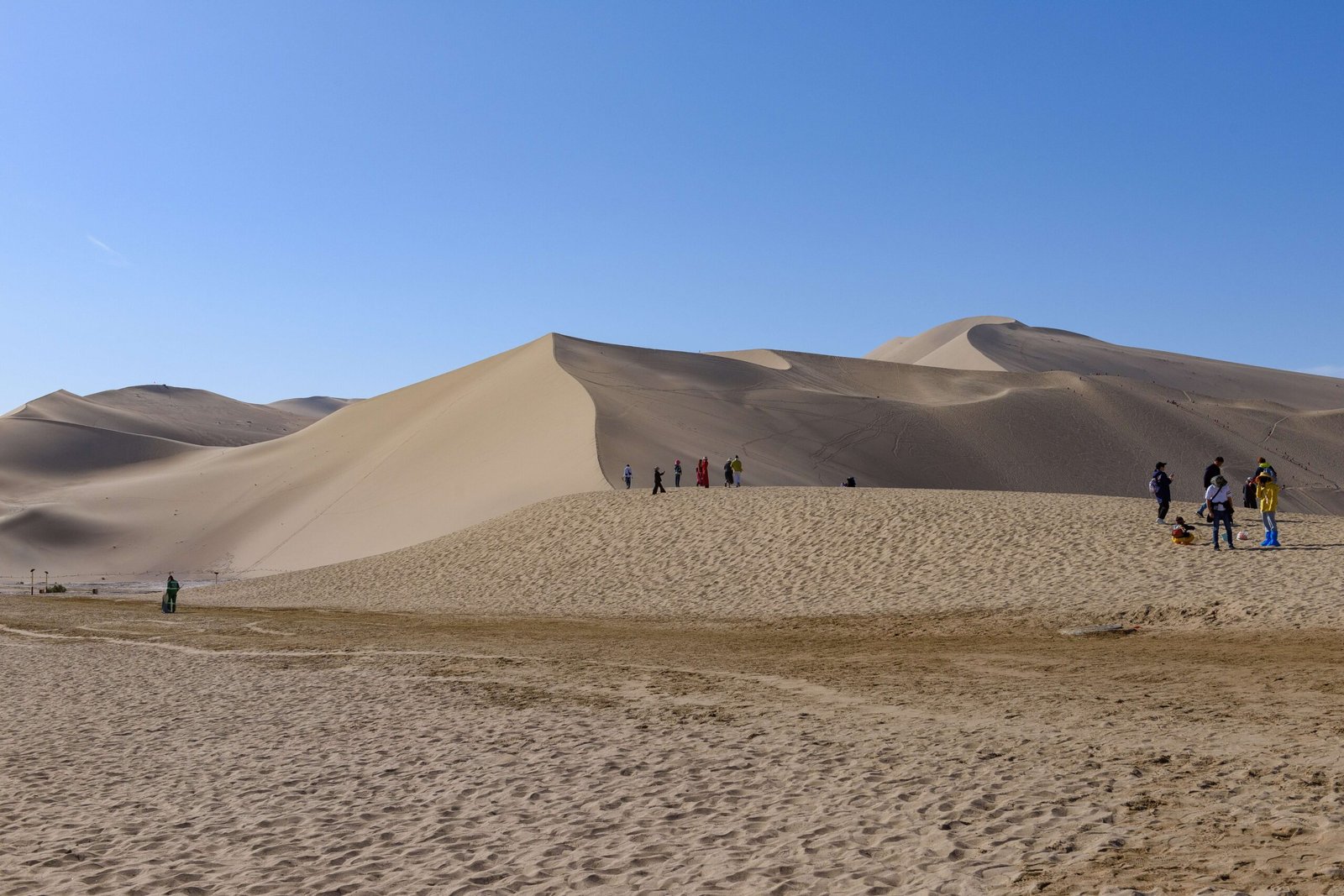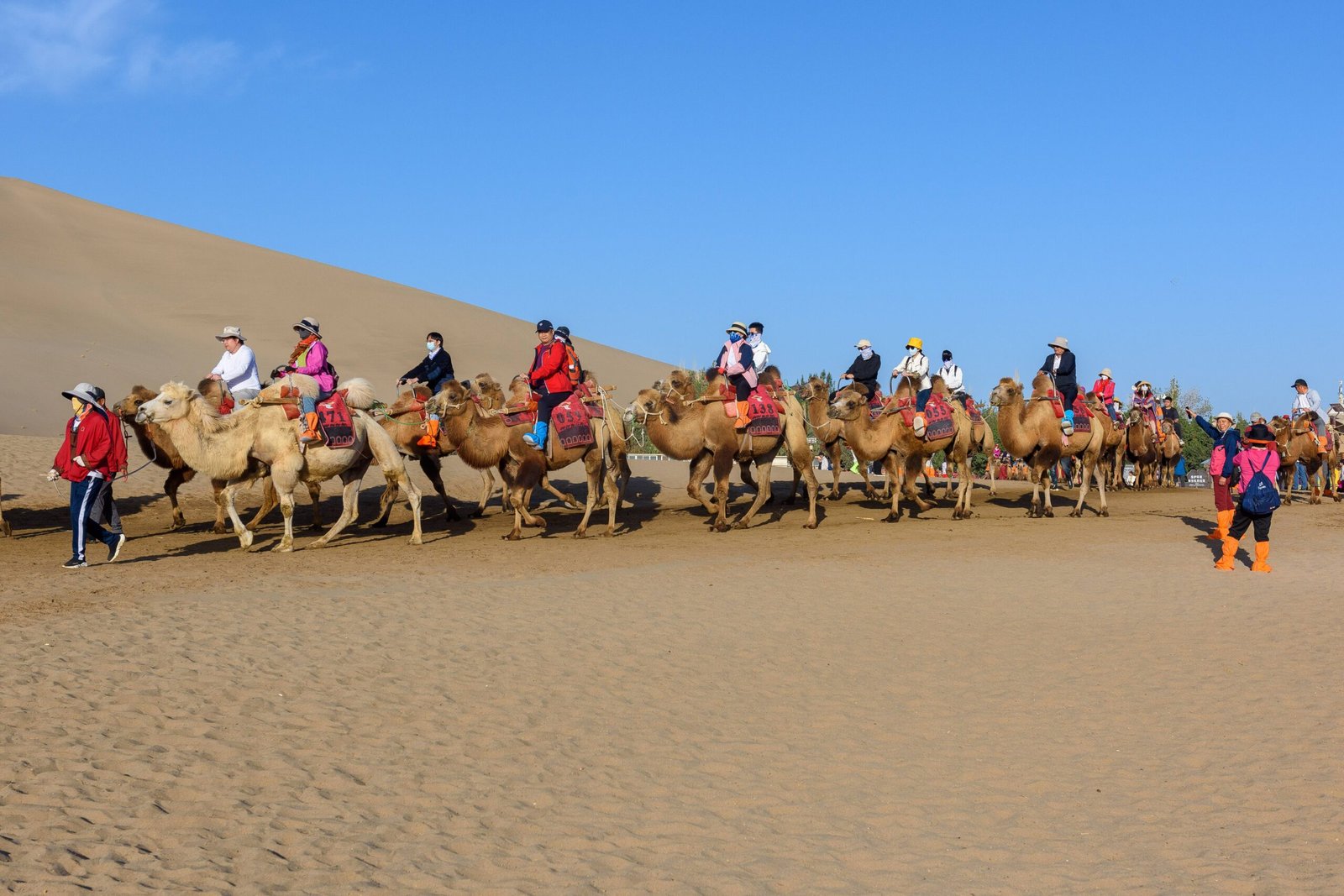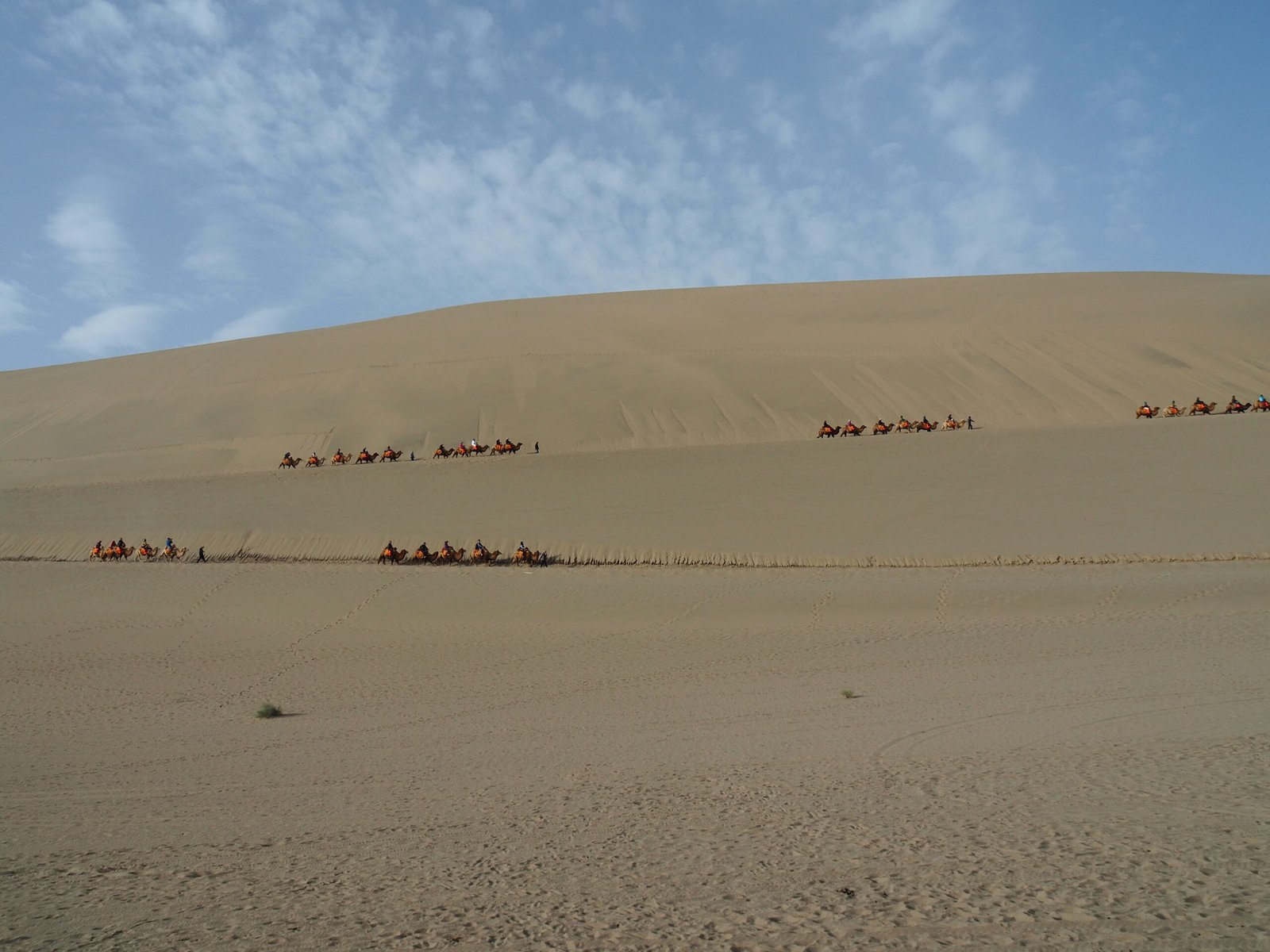Have you ever stood in a barren desert, feeling the world fall silent, only to hear a haunting, unearthly melody rising from the dunes? This isn’t a mirage or a trick of the mind. In some of the world’s driest deserts, the sand itself can sing, boom, and whisper, creating a soundtrack as mysterious as it is real. The phenomenon is so enchanting that ancient travelers believed the dunes were haunted or enchanted by desert spirits. Today, scientists are unraveling the secrets behind these natural acoustics, revealing a world where nature itself becomes a musician and the desert wind carries ancient songs across endless sands.
The Desert’s Mysterious Soundtrack

Imagine walking through a desert when, suddenly, a deep, resonant hum fills the air, as if the earth itself is speaking. This is not fiction; it’s a well-documented acoustic phenomenon. From the Sahara to the Gobi, certain deserts have earned legendary status for their singing sands. These sounds are typically heard during sand avalanches or when the wind moves the dunes just right, creating an experience that borders on the supernatural. The sounds can range from a gentle whisper to a thunderous boom that can be heard miles away. These mysterious melodies have inspired local legends and captured the curiosity of explorers for centuries.
What Exactly Are Singing Sands?
Singing sands, also known as booming or whistling sands, are a rare type of sand that produces audible sounds under specific circumstances. The phenomenon occurs when millions of grains rub against each other in perfect harmony. Not all sand is capable of singing; the grains must be of a certain size, shape, and dryness. When the conditions align, the friction between sand grains causes them to vibrate, amplifying the sound until it becomes audible. This is why only a handful of deserts across the globe are famous for their singing dunes, making them natural wonders worth seeking out.
The Science Behind the Serenade
Scientists have spent years trying to decode why some sands sing while others remain silent. The key lies in the sand’s composition: grains must be very round, smooth, and nearly identical in size. Moisture, organic debris, or irregular shapes disrupt the process, silencing the song. When a sheet of these grains moves—such as in a landslide or underfoot pressure—the friction generates vibrations. These vibrations resonate together, creating frequencies that humans can hear. The result can be a low drone, a sharp squeal, or a deep boom, depending on the characteristics of the sand and the speed of movement.
The Booming Dunes of the Sahara
The Sahara Desert is home to some of the most famous singing sands on Earth. Here, dunes known as “barchans” can emit powerful booms that linger in the air. Local nomads once believed these sounds were the voices of spirits or warnings from the earth. The booming is most often triggered by large sand avalanches, where thousands of tons of sand shift at once. The sound can be so loud and sustained that it feels like standing beside a massive organ pipe. These moments are rare and fleeting, making them a coveted experience for desert travelers and scientists alike.
The Whistling Wonders of the Gobi Desert
The Gobi Desert in Asia is another hotspot for acoustic sand phenomena. Unlike the deep booms of the Sahara, Gobi sands often produce high-pitched whistles or squeaks. Travelers crossing the dunes may hear a sudden chirping under their feet, as if a chorus of invisible insects has come to life. These whistling sounds are thought to arise from smaller, drier dunes, where the grains are exceptionally uniform. The Gobi’s whistling sands are a testament to how subtle differences in sand grain shape and size can completely change what we hear.
The Singing Sands of California’s Death Valley
Even in the United States, the desert sings. Death Valley’s Eureka Dunes are famous for their singing sands, which can produce a low, musical drone. Adventurers who slide down the steep faces of these dunes often trigger the sound, which can echo for several seconds after the movement stops. The sound is said to be so eerie and haunting that it lingers in the mind long after the echo fades. Researchers have flocked to Death Valley to study these dunes, hoping to learn more about the unique environmental conditions that make their song possible.
Ancient Myths and Local Legends
For centuries, the strange sounds of the desert have fueled myths and legends. In North Africa, some tribes believed the dunes were inhabited by djinns—supernatural beings who could use the sand’s song to communicate or warn of danger. Chinese explorers told tales of deserts that could “scream” or “cry” in the night, frightening even the bravest travelers. These stories added an element of mystery and respect for the desert’s power. While modern science has explained the mechanics, the sense of wonder remains, reminding us that some natural phenomena are as magical as any legend.
How Do You Hear the Sand Sing?

Catching the desert’s song isn’t as simple as just being in the right place. The sand must be perfectly dry, the grains must be just the right size, and the temperature needs to be hot enough for the grains to move freely. Many travelers spend days searching for the right conditions. Sometimes, all it takes is sliding down a dune or digging a handful of sand and letting it trickle through your fingers. Other times, nature puts on a show all by itself, with wind or a sudden avalanche setting off the symphony. Patience and luck play a big role in witnessing this rare performance.
Why Don’t All Deserts Sing?

It’s a common misconception that all deserts have singing sands. In reality, the phenomenon is quite rare. Most desert sands don’t have the perfect combination of grain size, shape, and cleanliness required to produce sound. Even a little bit of moisture or dust can dampen the effect. That’s why only a few places on Earth—such as the Sahara, Gobi, and certain dunes in California and Chile—are known for their musical sands. This rarity makes the experience even more special for those fortunate enough to hear it.
The Challenge of Studying Singing Sands
Scientists face many hurdles when studying singing sands. The conditions in the world’s driest deserts are extreme, making it difficult to transport equipment and collect samples. Sand grains can change over time due to wind and weather, affecting their ability to sing. Researchers often use sensitive microphones and slow-motion cameras to capture the precise moment when the sound is produced. Despite these challenges, every new study brings us closer to understanding this natural marvel, and to appreciating the delicate balance required for sand to sing.
Could Singing Sands Inspire New Technologies?
The study of singing sands isn’t just about satisfying curiosity—it could lead to new advances in science and technology. By understanding how millions of grains can resonate together, researchers are exploring ways to create better soundproofing materials or design more efficient musical instruments. Some even hope to use these insights in engineering, such as improving the acoustics in buildings or developing new sensors for detecting vibrations. The desert’s song, once dismissed as a curiosity, may one day inspire innovations that shape our future.
A Desert Symphony for the Imagination

The singing sands are more than just a scientific oddity; they are a reminder of the hidden wonders waiting to be discovered in the most unlikely places. Hearing the desert sing is an experience that stirs the soul and ignites the imagination. It is nature’s way of reminding us that beauty and mystery can be found in the harshest environments. The deserts that sing are not silent wastelands, but vibrant landscapes filled with stories and songs waiting to be heard. Would you ever expect the world’s driest places to hold such breathtaking secrets?




